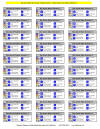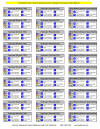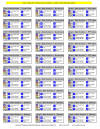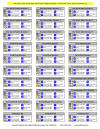Veterinary-Specific Hazard Materials (OSHA) Labels
Since we found it impossible to find veterinary-specific hazard materials secondary container labels, we decided to make them ourselves! We have sheets of "already-filled-out" labels for many common veterinary chemicals as well as "blanks" so you can fill in the information for your own chemical.
Our labels are printed on WATERPROOF vinyl instead of paper so they last longer!
Our labels are small enough for any container (only 1" x 25/8"),come 30 labels to a sheet and are only $7 per sheet.
Special Web Order Bonus!!!!!
Your first web order for our labels will include a FREE laminated guide poster (see below) and a tip sheet for keeping the labeling program up to date.
(This free guide offer requires the purchase of at least one sheet of our HMIG labels. Orders exclusively for other publications not including labels, do not qualify for the free guide offer. We automatically include the poster on initial orders so you don't have to add it to your shopping cart, we'll take care of it!)
Click on category below to jump to that section
Commonly Used Products Special Sets Made to Order
Hazard Materials Identification System (HMIS) Label Poster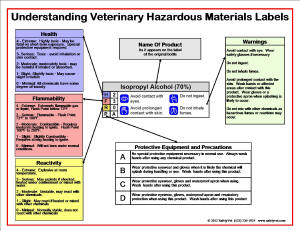 This
laminated poster is perfect for explaining
how to read hazardous materials labels and
explaining the appropriate precautions for chemicals
normally found in a veterinary setting. Customized
specifically
for the veterinary hospital,
this poster is the "key"
for giving staff members clear, concise information using the HMIS
labeling system.Size is 8½ x 11 inches This
laminated poster is perfect for explaining
how to read hazardous materials labels and
explaining the appropriate precautions for chemicals
normally found in a veterinary setting. Customized
specifically
for the veterinary hospital,
this poster is the "key"
for giving staff members clear, concise information using the HMIS
labeling system.Size is 8½ x 11 inches
|
Commonly Used Product Labels
Note: Many product names on this page are trademarked by the owners of the products. We do not sell any of these chemcial products, but offer these labels as a convenience for the practice safety officer.
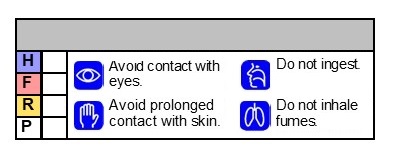 |
|
 |
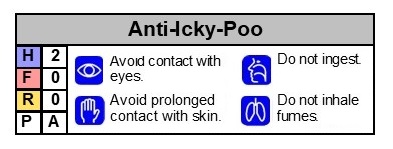 |
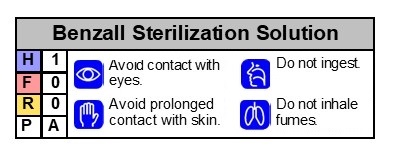 |
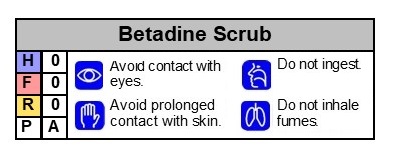 |
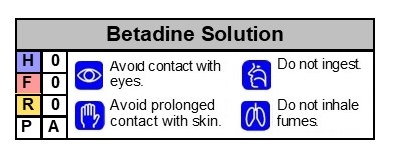 |
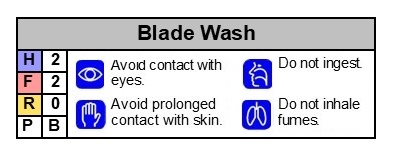 |
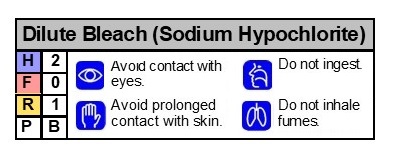 |
|
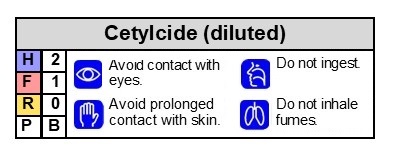 |
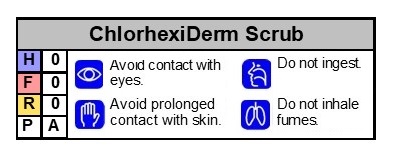 |
 |
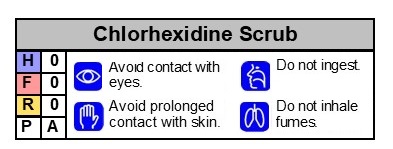 |
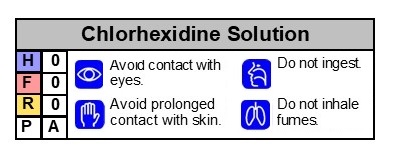 |
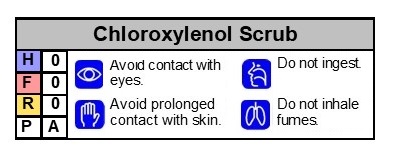 |
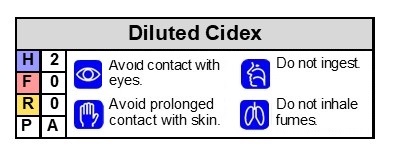 |
|
 |
 |
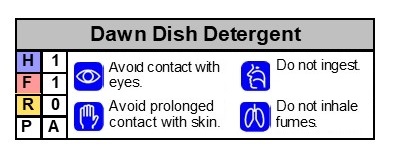 |
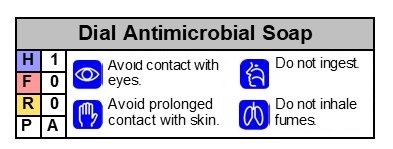 |
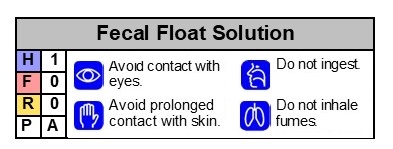 |
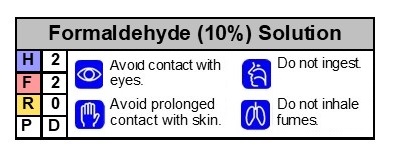 |
 |
|
 |
|
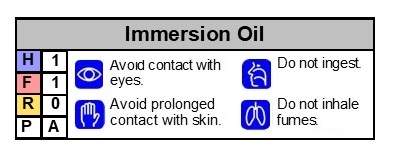 |
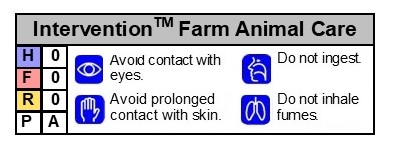 |
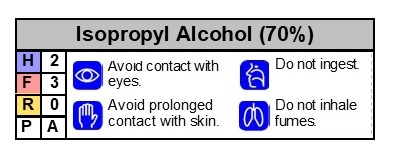 |
|
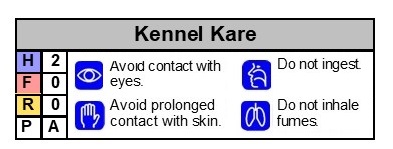 |
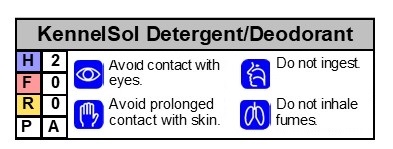 |
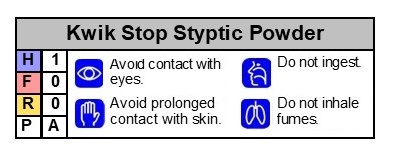 |
|
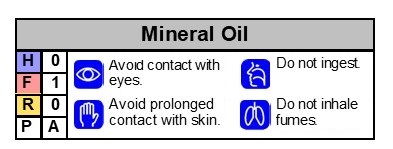 |
|
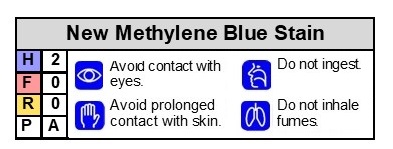 |
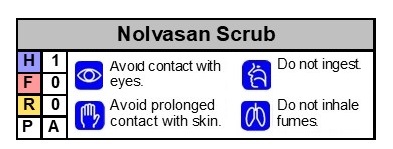 |
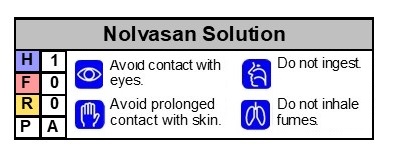 |
|
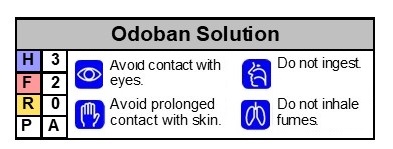 |
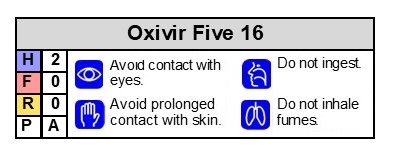 |
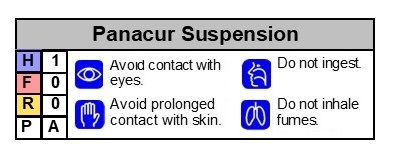 |
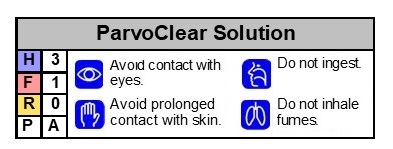 |
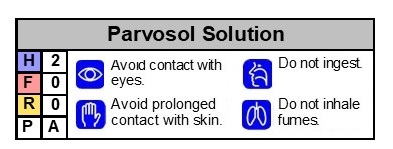 |
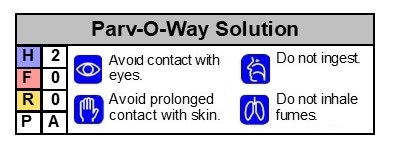 |
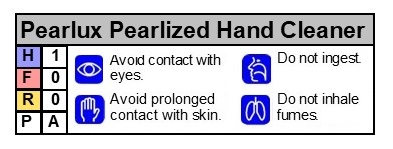 |
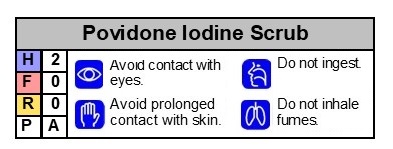 |
 |
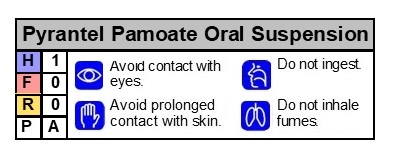 |
 |
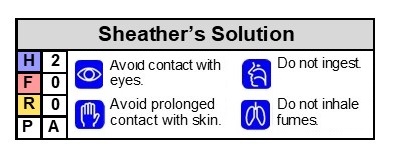 |
 |
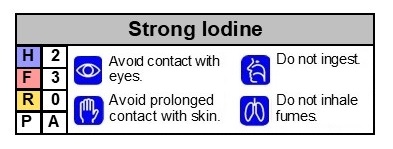 |
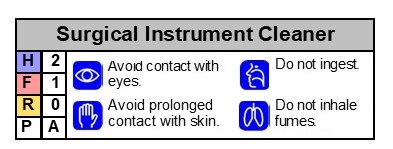 |
|
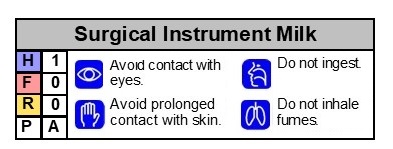 |
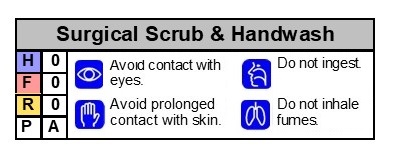 |
 |
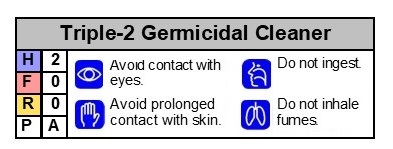 |
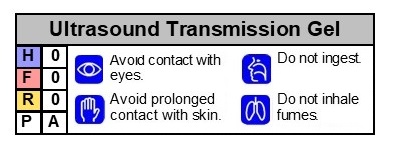 |
|
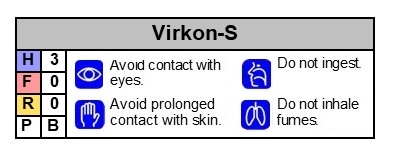 |
|
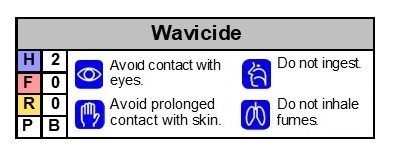 |
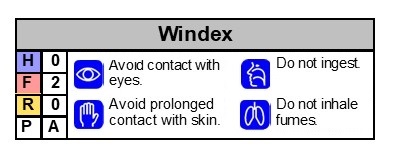
|
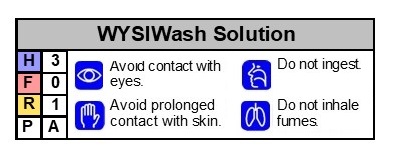 |
Special Sets
Made to Order Special Labels
Special
Order Labels - We can make a label for almost any
product as long as we can locate the Safety Data Sheet for
the product. We will use the H-F-R-P numbers from the
manufacturer's SDS. 30 labels per sheet and all labels
on the sheet must be the same product.
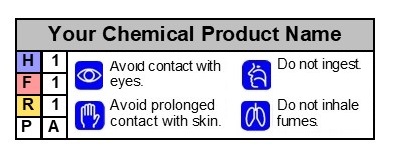 These are not BLANK lables ... Fill-in-the-Blank Labels are available at the top of this page (click here for BLANK labels). Must include product name and manufacturer in the Notes or Special Request box in your shopping cart! |
Did You Know...
In early 2012 OSHA issued their final rule updating the Hazard Communication Standard to adopt the United Nations protocols for hazardous materials handling. Two parts of the GHS rules will likely impact the American (and soon the Canadian) veterinary practices. Click here to view OSHA's information page for the new rules.
In the initial information presented by OSHA it appeared that all labels for chemical products would be required to adopt the very stringent GHS pictograms, product identifier, signal word, hazard statements and precautionary phrases. In recent information (bottom of page 4), OSHA has clarified that part of the regulation to emphasize the GHS label rules apply only to manufacturer’s product and shipping labels. OSHA has not changed the WORKPLACE or secondary container label rules. Employers such as veterinary practices are still free to use secondary container labels in any style or size as long as they convey the appropriate information and do not conflict or confuse the GHS pictograms or signal words.
Secondary container labels such as those sold by SafetyVet are based on the Hazard Materials Information System (HMIS) and are designed to provide written and visual information to the reader about the product and its hazards. The HMIS style of label has been successfully used in workplaces world-wide for over 30 years and is still recognized as an effective method of communicating product hazards to workers. Although the labels will probably undergo a cosmetic upgrade in coming months, they are still compliant with the employer’s responsibilities under the revised HCS.
You can continue to use the HMIG style of labels with confidence!

